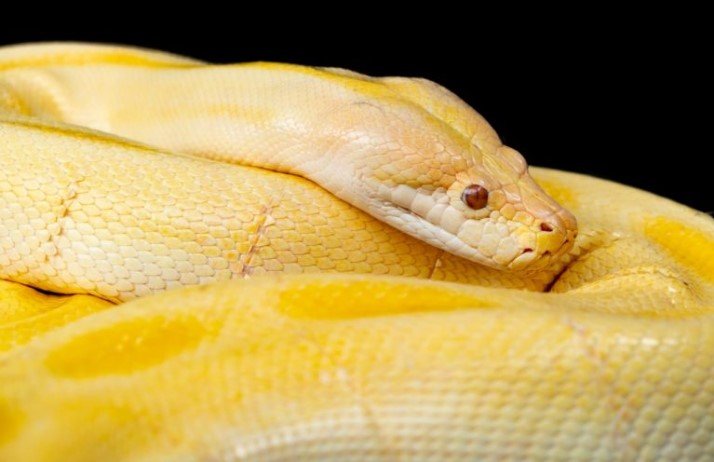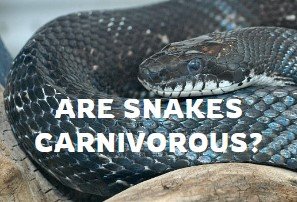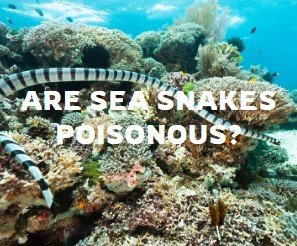Are Snakes Reptiles? Exploring the Serpentine Classification
Snakes, those slithering wonders of the animal kingdom, are indeed classified as reptiles. To understand why, it’s essential to delve into the characteristics that define reptiles and explore how snakes align with this biological classification.

Reptilian Traits:
Reptiles are a diverse group of cold-blooded vertebrates characterized by several key features. These traits include having scales, a bony skeleton, and breathing air with lungs. Additionally, reptiles typically lay eggs, although there are exceptions.
Scale-Covered Skin:
One of the defining features of reptiles is their scaly skin. Snakes epitomize this characteristic with their uniquely adapted scales made of keratin. These scales serve various purposes, providing protection, reducing water loss, and aiding in locomotion.
Cold-Blooded Metabolism:
Reptiles are ectothermic, meaning they rely on external sources to regulate their body temperature. Snakes, being cold-blooded, absorb heat from their environment to maintain metabolic functions. This physiological trait influences their activity levels, with snakes often basking in the sun to raise their body temperature.
Egg-Laying Reproduction:
Most reptiles reproduce by laying eggs, and snakes follow this pattern. The majority of snake species are oviparous, laying eggs that develop and hatch outside the mother’s body. However, there are exceptions, as some snakes are viviparous, giving birth to live young.
Skeleton and Limb Adaptations:
The skeletal structure of snakes aligns with reptilian characteristics. They possess a vertebral column, a skull with jaws capable of swallowing prey whole, and a lack of limbs. The absence of limbs is a notable adaptation that distinguishes snakes from other reptiles.
Lung Respiration:
Like other reptiles, snakes breathe air using lungs. Their respiratory system allows them to extract oxygen from the air, a crucial adaptation for their active and often energy-demanding lifestyles.
Evolutionary History:
Snakes have evolved from legged ancestors, and the adaptations in their skeletal structure and body shape reflect their transition to a limbless form. This evolutionary journey places them within the broader classification of reptiles.
Conclusion
In conclusion, the classification of snakes as reptiles is rooted in shared biological traits, including scales, a cold-blooded metabolism, egg-laying reproduction, and respiratory adaptations. Understanding these characteristics not only places snakes within the reptilian family but also provides insights into the remarkable adaptations that have allowed these creatures to thrive in diverse ecosystems around the world.
Learn more about Snake’s Skeleton.





Leave a Reply